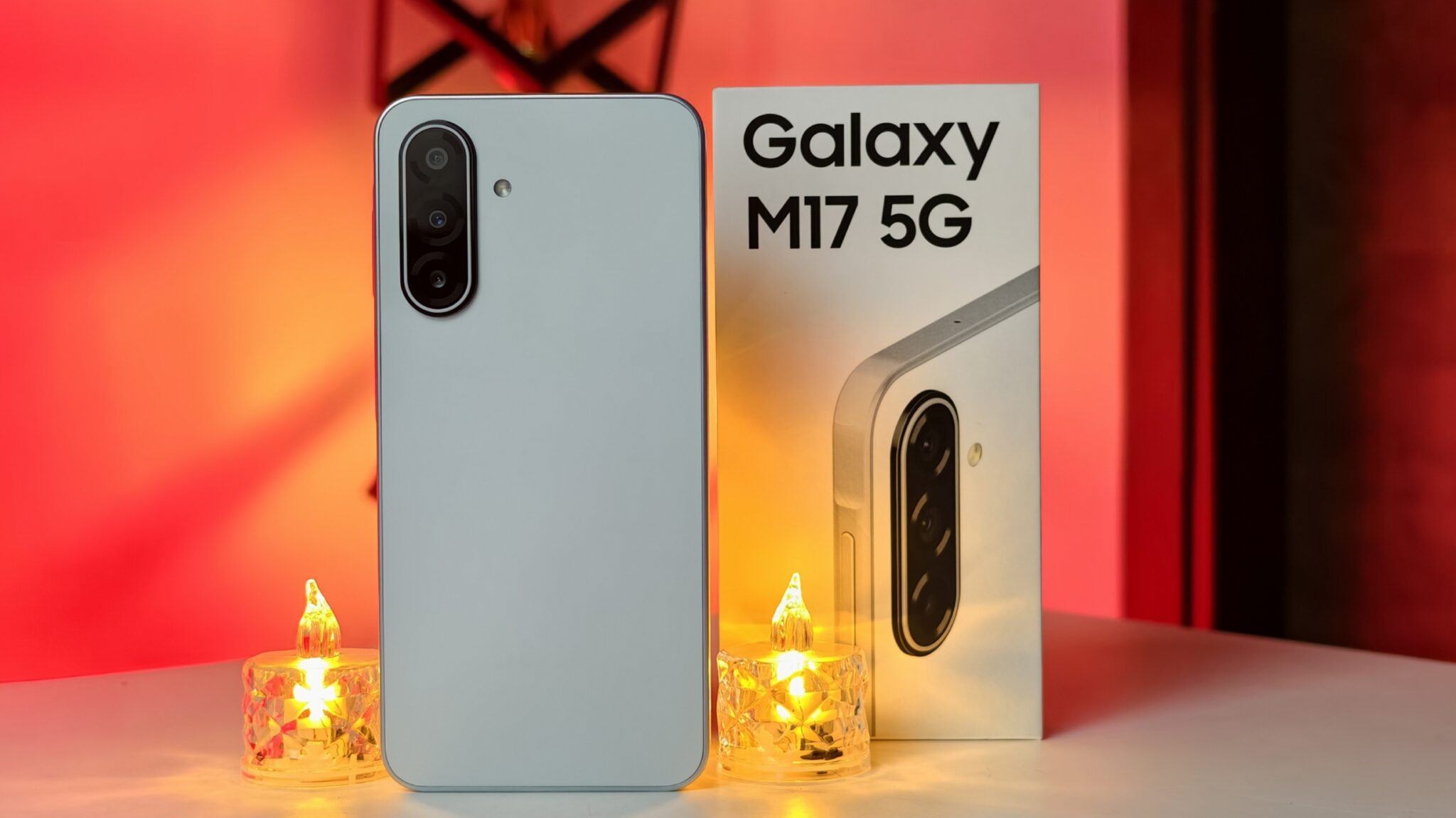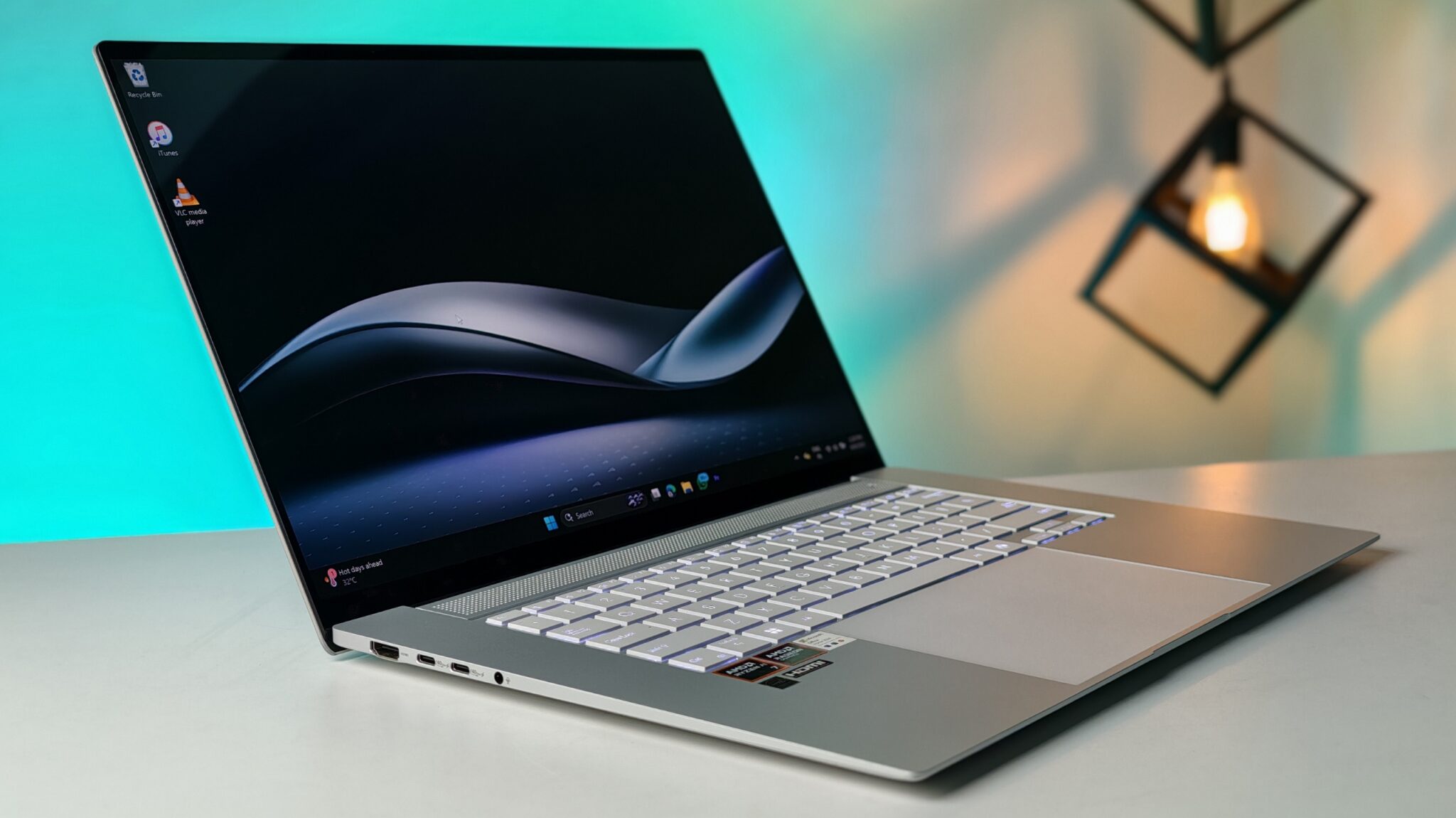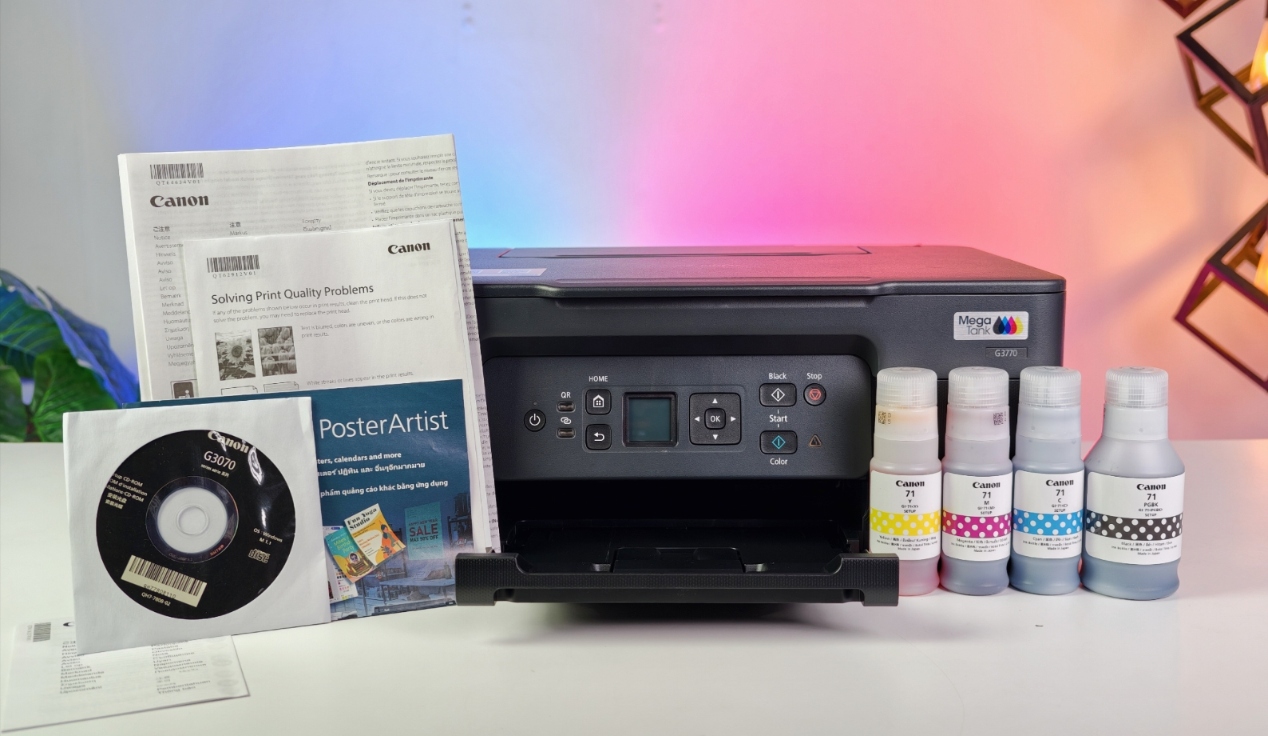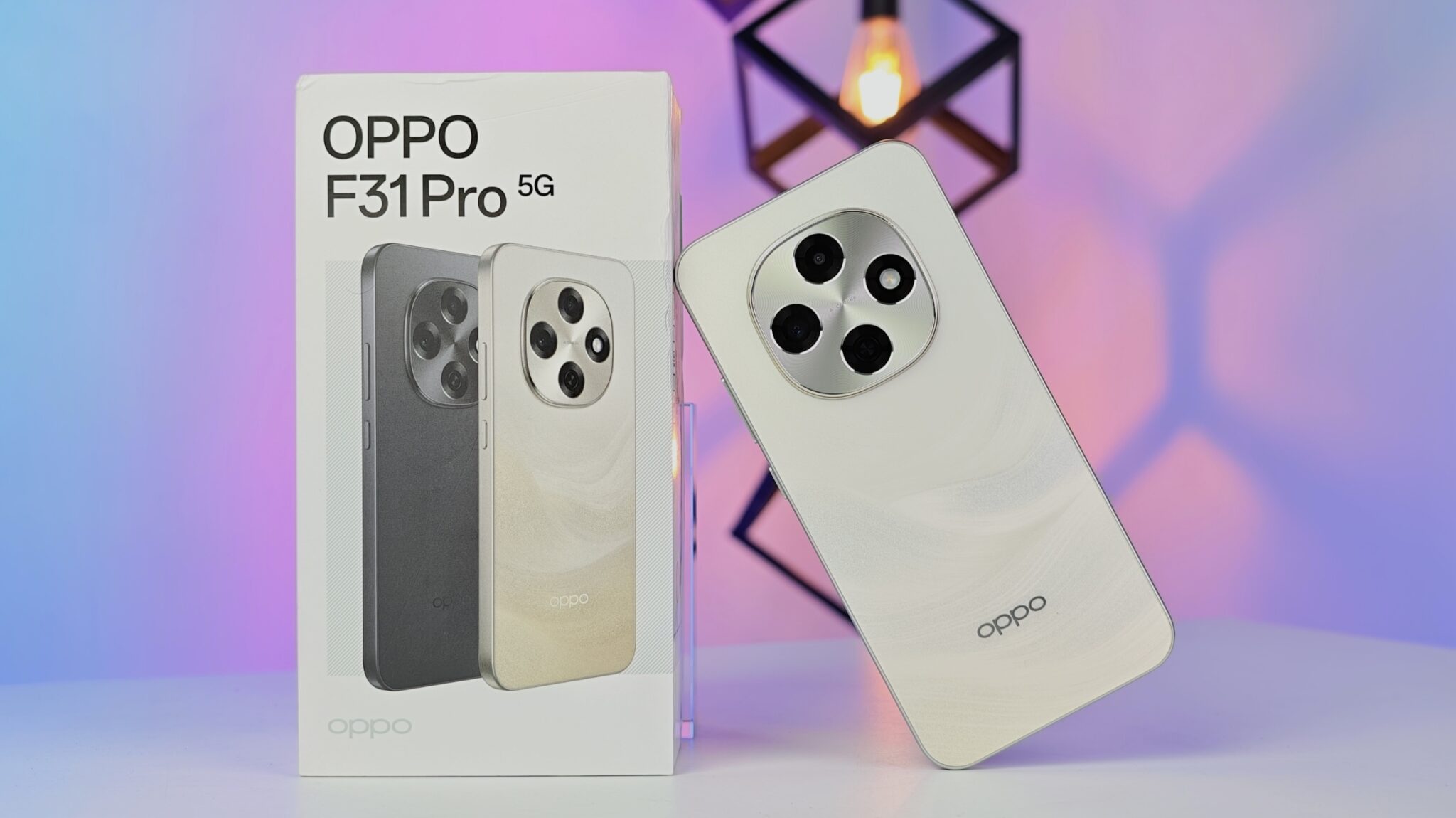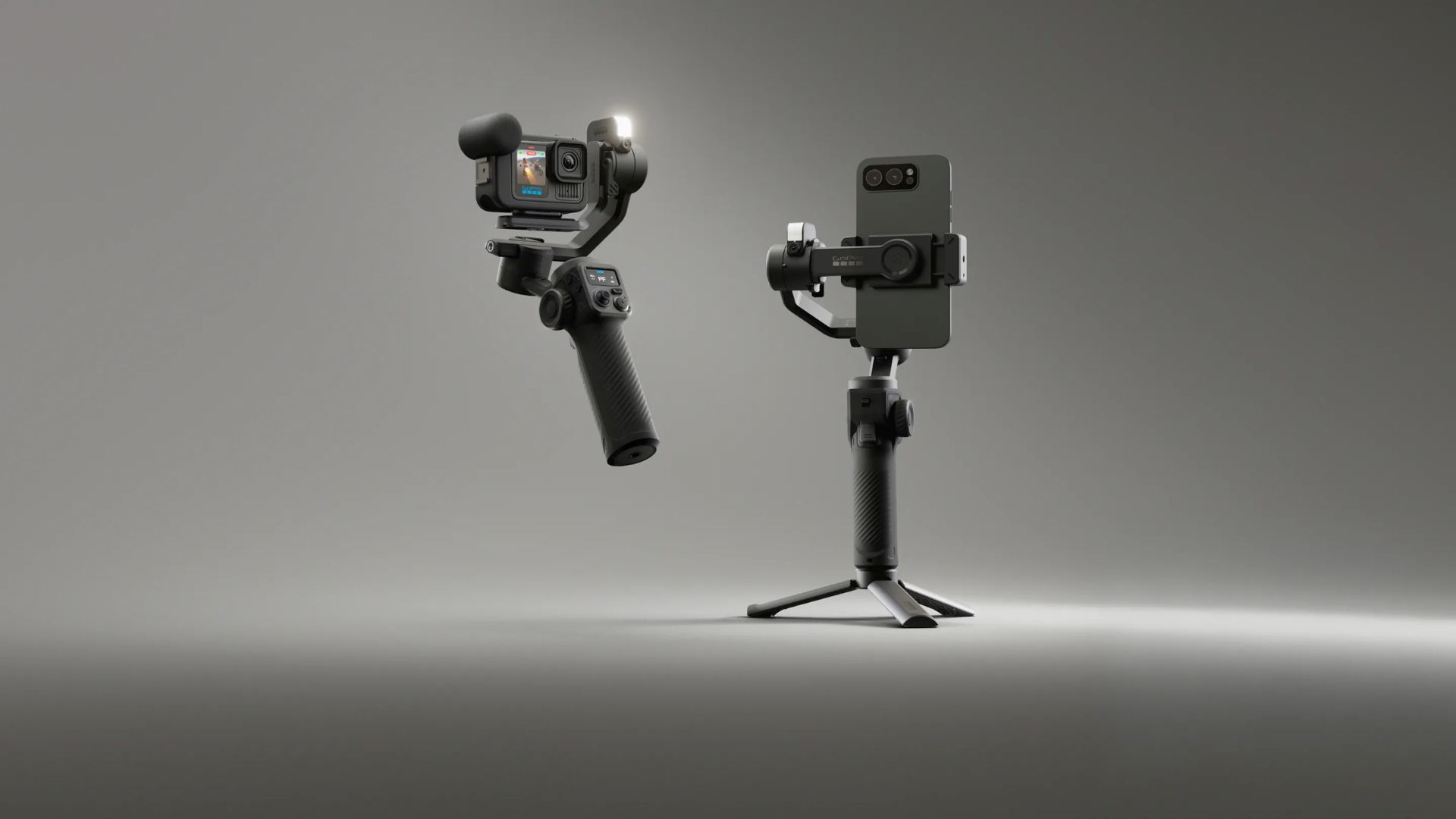The world of gaming displays has just shifted in a big way. Samsung Electronics has announced that the Samsung Odyssey 3D (G90XF) is now available in India—a monitor designed not just to meet expectations but to reshape them. With glasses-free 3D and a sharp focus on visual comfort and immersion, this launch is more than just a product drop. It’s a genuine technological leap.
Key Takeaways:
- The Samsung Odyssey 3D (G90XF) is a 27-inch 4K IPS flat gaming monitor with a 165Hz refresh rate and 1ms response time.
- It supports glasses-free 3D gaming—no external eyewear needed.
- Uses a trio of core technologies: eye tracking, view mapping, and a lenticular lens.
- Eye tracking, powered by a stereo camera, works in real-time—even if you’re wearing glasses.
- View mapping calculates precise pixel positioning for each eye to reconstruct the 3D effect.
- A lenticular lens delivers distinct images to each eye, creating that crucial sense of depth.
- Crosstalk is dramatically minimized thanks to post-assembly calibration, hardware-specific tuning, and deep learning-enhanced eye tracking.
- A special display coating helps cut down on glare and distortion.
- 2D performance remains top-notch—3D mode activates only via the Odyssey 3D Hub.
- The monitor retails for approximately ₹140,000 (around $1,675 USD).
- Samsung led the global gaming monitor market in 2024 with a 21.0% share.
The Dawn of Glasses-Free Immersion
3D in gaming has always felt like a concept chasing its potential—largely held back by the need for clunky glasses, uncomfortable viewing experiences, and frustrating visual compromises. The Odyssey 3D changes that dynamic entirely. It introduces a seamless, glasses-free 3D setup that finally feels ready for prime time. Maybe even overdue.
At the heart of it lies the principle of binocular disparity—how our brains use slightly different images from each eye to gauge depth. The Odyssey 3D taps into this natural mechanism with striking accuracy. And unlike earlier glasses-free 3D tech, which often required you to sit in one very specific spot, Samsung’s design allows for flexibility without loss of fidelity.
Core Technologies Behind the Odyssey 3D
What makes this monitor really stand apart is the trio of core technologies working in sync: eye tracking, view mapping, and the lenticular lens.
Eye Tracking: Here’s where the Odyssey 3D gets clever. It’s equipped with a stereo camera setup subtly nestled at the top of the display. These cameras mimic how our own eyes work—capturing depth by identifying where you’re looking and how far you are from the screen. This tracking adjusts in real time, meaning if you shift in your seat or turn your head mid-game, the 3D effect keeps up without breaking immersion. Even folks who wear glasses aren’t left out; the system is built to accommodate them.
View Mapping: The eye-tracking data feeds directly into view mapping. This is where things get really technical. Based on where your eyes are, the monitor recalculates which pixels need to go where to create depth. It’s a constant dance of recalculations, but one that happens so smoothly you’d never know it’s occurring. The result? A crystal-clear 3D image that’s personalized to your exact viewing angle.
Lenticular Lens: This optical layer is the final step in the magic trick. The lenticular lens redirects light so each eye receives its intended image. These lenses have been used in gimmicky 3D postcards and advertisements, but Samsung has elevated the tech dramatically. Importantly, the lenticular layer only activates in 3D mode via the Odyssey 3D Hub. Switch it off, and you’re back to flawless 2D with no visual compromise.
Solving the Crosstalk Problem
One of the nastiest bugs in 3D tech over the years has been crosstalk—when the image meant for one eye bleeds into the other, creating distracting ghosting. Samsung clearly knew this was a hill to conquer, and they didn’t cut corners.
Post-Assembly Calibration: Every unit is calibrated after assembly to ensure all components—panel, lens, tracking—align perfectly.
Hardware-Specific Data Storage: Each monitor retains unique calibration settings in its hardware, so it doesn’t rely on generic firmware approximations.
Deep Learning Eye-Tracking: By incorporating deep learning, the monitor doesn’t just follow your eyes—it learns your viewing behavior and pre-adjusts to prevent issues before they arise.
Display Cell Coating: A proprietary coating reduces glare and refraction noise, enhancing clarity and further shielding against crosstalk.
Together, these measures do more than reduce ghosting—they make the 3D experience actually enjoyable. It’s the kind of refinement that might finally bring skeptics around.
Not Just 3D—An Elite 2D Monitor, Too
Now, it’s easy to get caught up in the 3D headline. But even if you never switch on 3D mode, the Odyssey 3D still delivers top-tier specs. You get a 27-inch 4K IPS panel with a 165Hz refresh rate and 1ms response time—ideal for competitive gaming and visually rich open-world titles alike.
There’s HDR10 support, a 1000:1 contrast ratio, and brightness at 350 cd/㎡, plus 99% sRGB coverage for creators or designers. It works seamlessly with AMD FreeSync Premium and NVIDIA G-Sync, ensuring gameplay stays fluid. Connectivity is modern: two HDMI 2.1 ports, DisplayPort 1.4, and a handy 2-port USB 3.1 Gen1 hub. It even has stereo 5W speakers built-in, and the stand offers ergonomic adjustability in height, tilt, and pivot.
The smart integration of the lenticular lens—only kicking in during 3D mode—means no trade-offs. You don’t lose 2D quality to gain 3D capability.
Looking Ahead: Is 3D Finally Ready?
Samsung’s market dominance (21.0% in 2024) gives it a powerful launchpad for this new display format. But hardware alone won’t carry the revolution. Content matters.
Yes, the monitor can convert 2D media into 3D using AI, but the real magic will come from games specifically optimized for it. Samsung is reportedly working with developers to bring native 3D experiences to life. Around 50–60 titles are expected to receive tailored support soon, including big names like The First Berserker: Khazan and Lies of P.
This effort is crucial. For 3D to take off, gamers need more than just flashy hardware—they need worlds that truly feel built for this kind of immersion.
In the end, the Odyssey 3D isn’t just another premium monitor. It’s a bold attempt to reintroduce 3D to gaming in a way that actually feels right this time. At around ₹140,000, it’s undeniably a high-end investment—but for those chasing the next level of immersive gameplay, it might just be worth every rupee.
Frequently Asked Questions (FAQs)
Q1: What is glasses-free 3D technology, and how does the Samsung Odyssey 3D achieve it?
A1: It lets you experience depth and immersion without wearing special glasses. Samsung achieves this through eye-tracking cameras, real-time view mapping, and a lenticular lens that directs separate images to each eye, creating a 3D effect that’s natural and responsive.
Q2: What is “crosstalk” in 3D displays, and how does the Odyssey 3D minimize it?
A2: Crosstalk—also called ghosting—is when the image for one eye leaks into the other, causing blur or double vision. The Odyssey 3D addresses this with precision calibration, unique hardware tuning, deep learning algorithms for eye tracking, and an anti-glare screen coating.
Q3: Can I use the Samsung Odyssey 3D for regular 2D gaming or content?
A3: Definitely. The monitor functions as a high-end 2D display when 3D mode is off. The lenticular lens disengages completely, allowing the screen to perform at full 4K resolution and 165Hz refresh without compromise.
Q4: What are the key specifications of the Samsung Odyssey 3D (G90XF)?
A4: It’s a 27-inch 4K IPS monitor with 165Hz refresh rate, 1ms (GtG) response, HDR10, 1000:1 contrast, 350 cd/㎡ brightness, and 99% sRGB coverage. It supports FreeSync Premium and G-Sync, includes 2x HDMI 2.1, 1x DisplayPort 1.4, a 2-port USB hub, and 5W stereo speakers.
Q5: How does eye-tracking technology benefit the 3D experience on the Odyssey 3D?
A5: It continuously adjusts the displayed image based on where your eyes are looking, so the 3D illusion remains stable and immersive even as you move. It’s what allows the glasses-free 3D to work without locking you into a rigid viewing angle.





